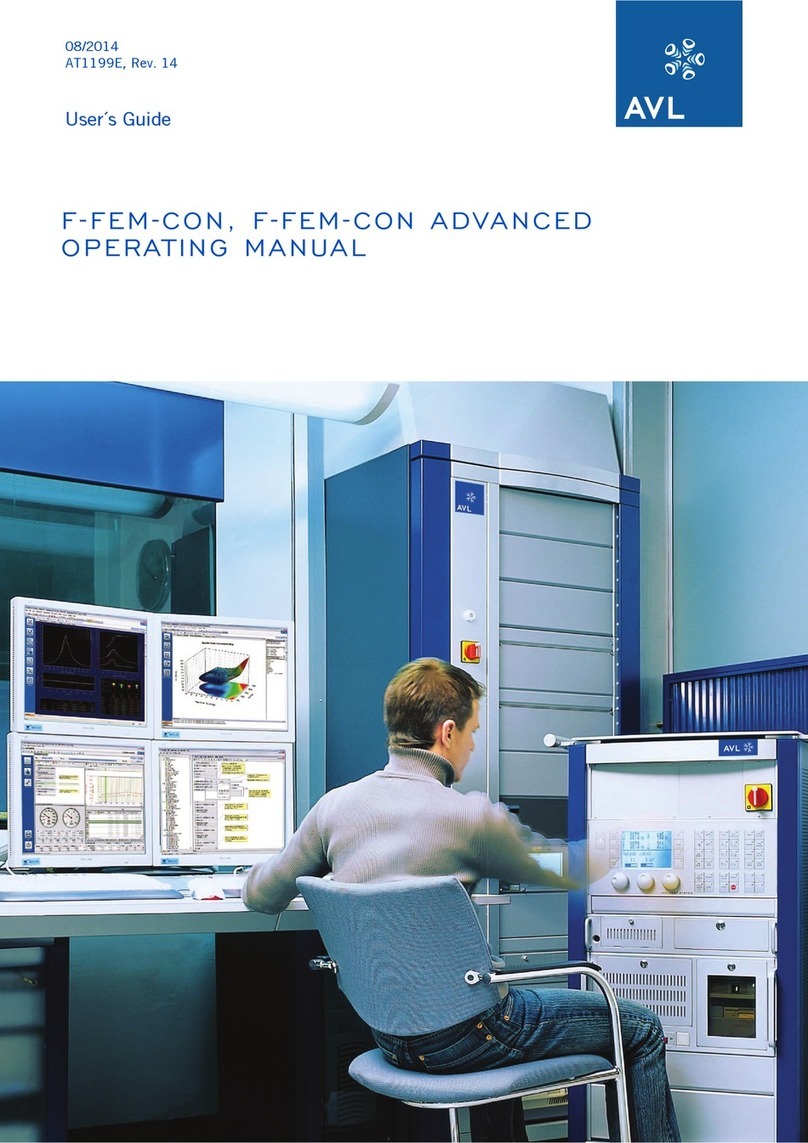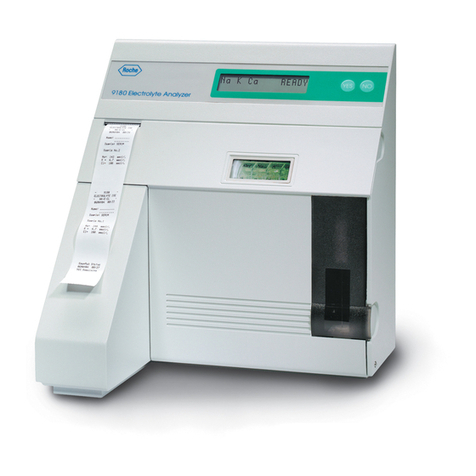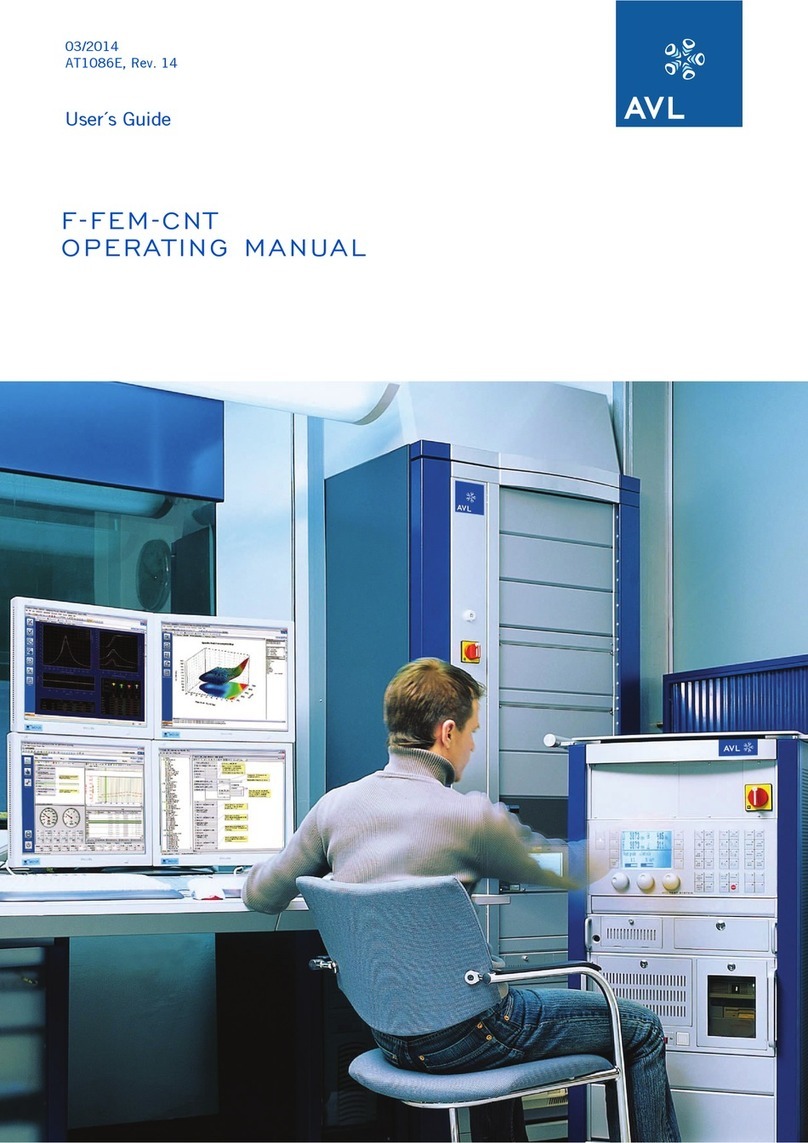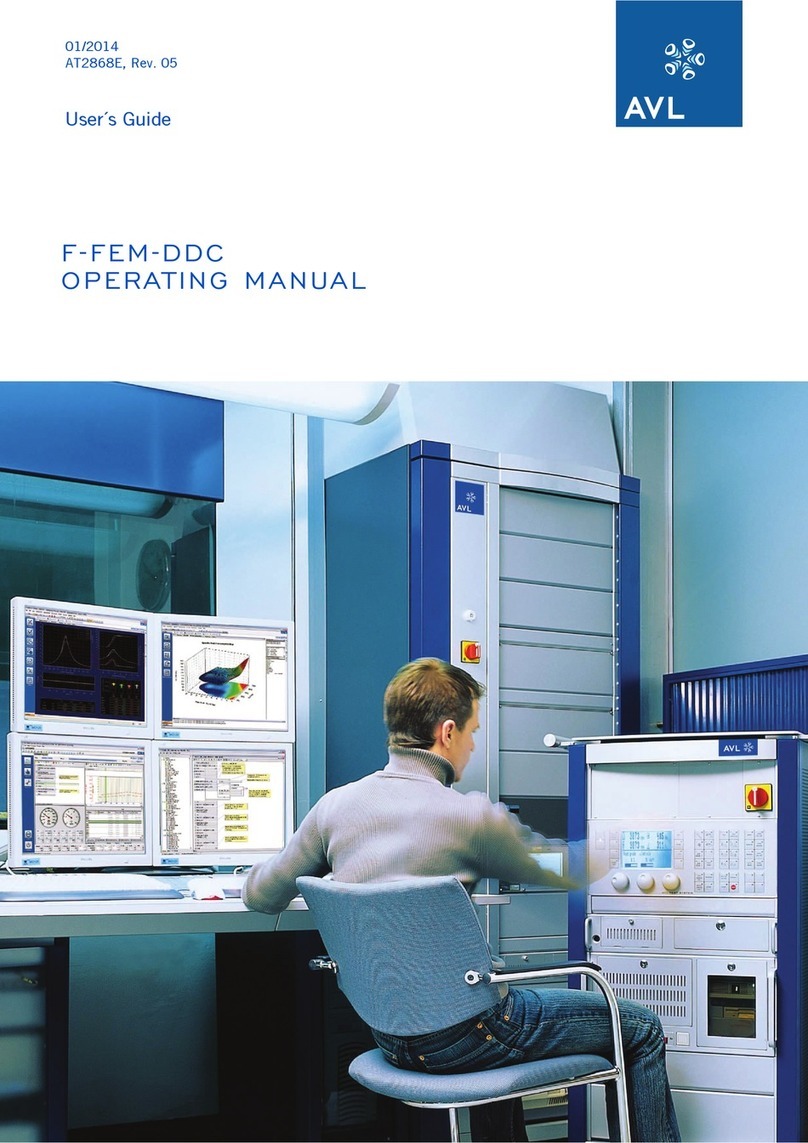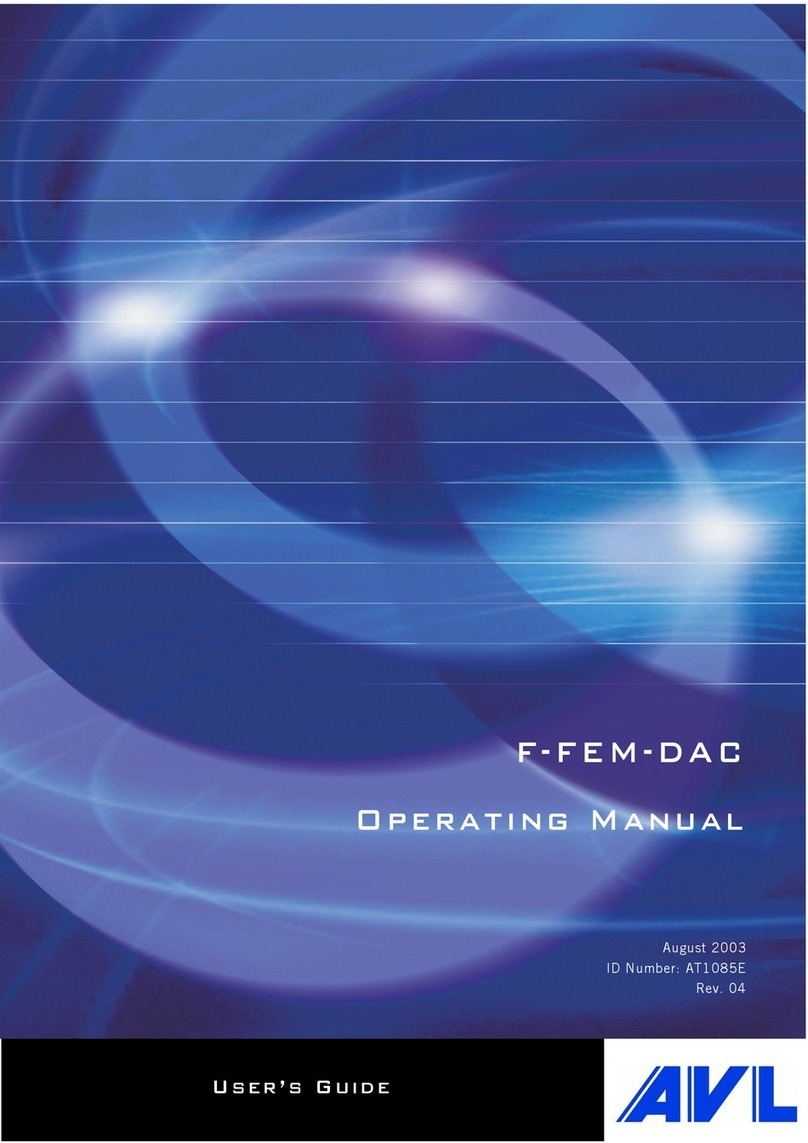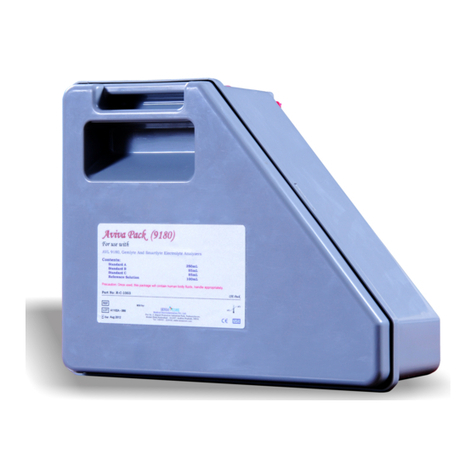
7
Table of Contents
F-FEM-DIO — User’s Guide
Table of Contents
Warnings and safety instructions ................................................................................................................ 3
Grouped Safety Messages............................................................................................................................ 5
1 Preface ............................................................................................................................... 9
1.1 General Information About the F-FEM-DIO.............................................................................. 9
1.2 Use and Contents of this Manual ............................................................................................. 9
1.3 System Environment .............................................................................................................. 10
1.4 Data Transfer between Test Bed and PUMA Open System .................................................. 11
1.5 Typographic Conventions....................................................................................................... 12
1.6 Online Help............................................................................................................................. 13
1.7 We want to hear from you ...................................................................................................... 13
2 General............................................................................................................................. 15
2.1 Warranty Seal......................................................................................................................... 15
2.2 Intended Use.......................................................................................................................... 15
2.3 Basic Information................................................................................................................... 15
2.4 Performance Data .................................................................................................................. 15
2.5 Block Diagram........................................................................................................................ 16
3 Installation ....................................................................................................................... 17
3.1 Installation .............................................................................................................................. 17
3.1.1 Unpacking.........................................................................................................................17
3.1.2 Scope of Supply................................................................................................................17
3.1.3 Preconditions....................................................................................................................17
3.1.4 Fixing the Module at the Top Hat Rail...............................................................................18
3.1.5 Establishing Connections..................................................................................................18
3.1.6 Troubleshooting................................................................................................................18
3.1.7 External Dimensions.........................................................................................................19
3.2 Software Installation............................................................................................................... 19
3.3 Grounding and Shielding........................................................................................................ 20
3.3.1 Grounding.........................................................................................................................20
4 Operation ......................................................................................................................... 25
4.1 General................................................................................................................................... 25
4.2 Block Diagrams ...................................................................................................................... 25
4.2.1 Digital Inputs X31 and X32 ...............................................................................................25












